
The day after the Charlie Hebdo attack in Paris, chairman of the British Cartoonists’ Association Martin Rowson wrote in the Daily Mirror of the need for satire and how political cartoonists had been targeted through the years. Part of his piece stated “British cartoonists like Vicky and Heath Robinson were on the Gestapo death list”.
Heath Robinson is a familiar name as William Heath Robinson’s illustrations of intricately detailed but absurdist devices have forever associated him in the British consciousness with over complex and lashed-together machines. Vicky however is much less well-known today – it was the pen name for Victor Weisz, a German political cartoonist who moved to the United Kingdom before World War II and worked for many newspapers including the Daily Mirror and the London Evening Standard.
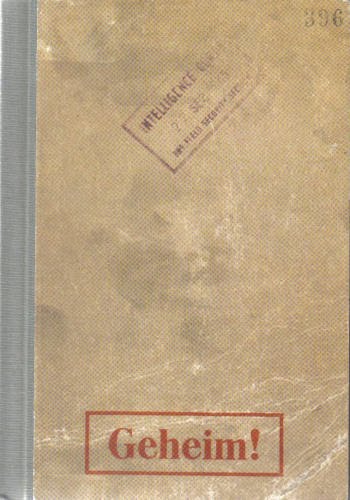
The “Gestapo death list” that Rowson talks about is the Sonderfahndungsliste GB which translates literally as the Special Search List for Great Britain. The book listed 2820 people who, in the event of a Nazi invasion of the United Kingdom during the Second World War, would have been rounded up by the occupying authorities. They ranged from political, military and trade union leaders to writers and actors with established anti-Nazi sympathies. The book was discovered by the Allies after the war and was brought to public attention in September 1945 in, amongst other newspapers, The Guardian.
When it comes to comics the most common names associated with this Nazi-era death list were all DC Thomson employees at the time, the contemporary editors of The Beano and The Dandy, George Moonie and Albert Barnes, plus the two comics’ most highly regarded artist, Dudley D Watkins. That Watkins and the Beano and Dandy editors were on the death list is a claim that has been repeated in many places over the years including in 2008’s The History Of The Beano but a check of the Sonderfahndungsliste shows that none of the three men are included in it. I wrote this up in September 2010 over on Bear Alley having discussed it with several DC Thomson editors and it is interesting to note that the claim was not repeated in The Art And History Of The Dandy which was published in 2012.

While I was not familiar with Victor Weisz’s ‘Vicky’ pseudonym like many others I am familiar with Heath Robinson’s name and I don’t remember having heard of him being associated with the Sonderfahndungsliste before. It certainly isn’t mentioned on the Heath Robinson Trust’s website. Both men did indeed produce anti-Nazi material, Vicky even had anti-Nazi cartoons published before he left Germany while Heath Robinson’s included the illustrations for Mein Rant, RF Patterson’s humorous take on Hitler’s Mein Kampf.

However just because both men were associated with anti-Nazi cartoons and illustrations does not necessarily mean that their names were included on the death list. As with the three DC Thomson men, a check of their names in the Sonderfahndungsliste GB shows that neither Victor Weisz nor William Heath Robinson were included on the Nazi list.
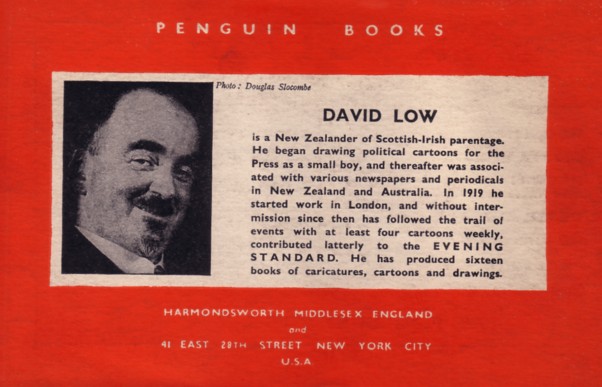
However there is one famous political cartoonist who is included in the list, David Low. New Zealander Low was the long-standing political cartoonist and had been producing anti-Nazi cartoons since the early 1930s including this prescient one published in the London Evening Standard on 10 June 1940 showing Himmler as an angel of death carrying a book marked ‘Gestapo Death List’.
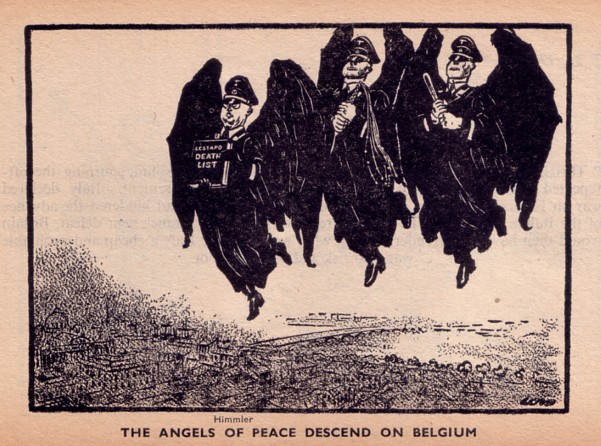
Writing in his 1956 autobiography, succinctly entitled Low’s Autobiography, Low talks of the precautions that he took as the Nazi mar machine ranged over Europe which included burying his personal documents in a custom-built underground concrete box in his garden and planning for his mother, aunt, wife and two daughters to leave London and ‘disappear’ into rural England or Wales. It was only after the war that he discovered that his concern of being on a death list was correct.
In the autobiography he says, “But for all the Churchill assurances at the microphone that this was Britain’s ‘finest hour’; and despite the firm resolve in my suburb (and there were many indications that it was representative) that the invaders would meet a desperate defence by the whole population with any weapons handy, it would have been over-romantic not to recognize that the chances were against us. Britain might be occupied and identified enemies of Nazism shot. I was reliably informed that my name stood high on the Gestapo list of those who would not enjoy a happy old age. (A report which was confirmed by official documents found in the Berlin headquarters of the Reich Security Police after the war.)”

Low was indeed on the Sonderfahndungsliste referenced as L137, the 137th name in the alphabetical listing of names beginning with the letter L, and was to be handed over to RSHA IV-B4. There is a certain irony in that because RSHA IV was the Geheim Staats Polizei, the Secret State Police, which has always been much better known by its abbreviation – Gestapo.
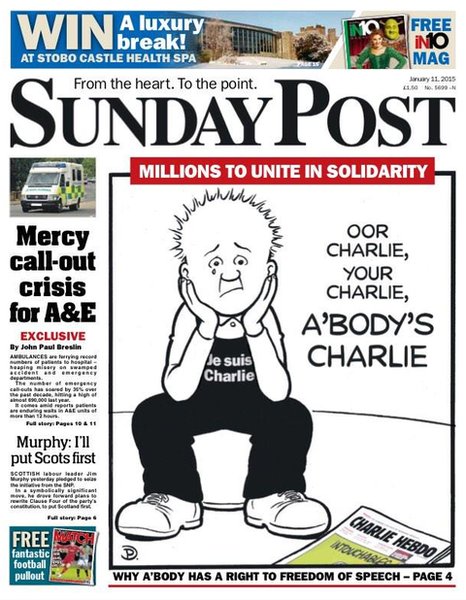
Returning to the present and the response of today’s cartoonists, both in France and around the world, to the events in Paris on 7th, 8th and 9th January 2015 has been inspiring. It shows that those who choose to use the sword still have much to fear from those who use the pen.
There is more information about W Heath Robinson on the Heath Robinson Trust website and the BBC History website.
There is more information about Victor Weisz and David Low at the British Cartoon Archive.
News, reviews, interviews and features for print and on-line: Spaceship Away (since October 2005), Bear Alley (since February 2007), downthetubes (since June 2007), and Eagle Times (since October 2008). Plus DC Thomson’s The Art Of Ian Kennedy, Titan’s Dan Dare and Johnny Red reprints, Ilex’s War Comics: A Graphic History and 500 Essential Graphic Novels, and Print Media’s The Iron Moon and Strip magazine.
Categories: British Comics, Creating Comics, Featured News, Features
 Rebellion announces new Battle Action mini series – our guide to the returning strips
Rebellion announces new Battle Action mini series – our guide to the returning strips 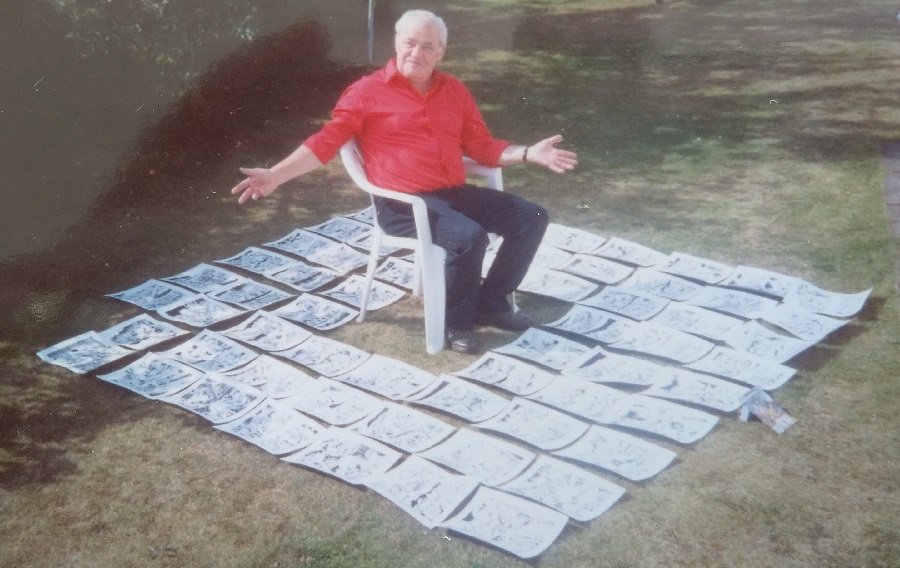 Comic Creator Spotlight: The Art of Gordon Livingstone
Comic Creator Spotlight: The Art of Gordon Livingstone  The Rotten State of Newsagents – Is it any Wonder Publishers Are Pushing Digital?
The Rotten State of Newsagents – Is it any Wonder Publishers Are Pushing Digital?